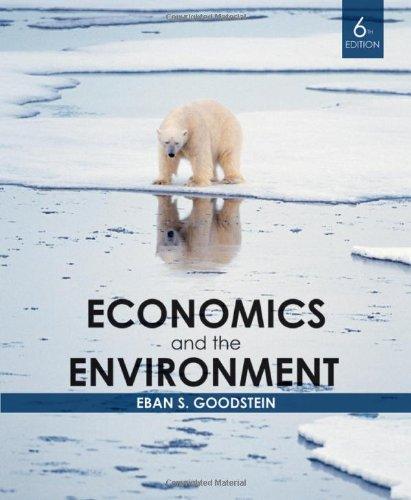1. Assume that Nordhaus used a 5% discount rate for costs and benefits. Assume also that most...
Question:
1. Assume that Nordhaus used a 5% discount rate for costs and benefits. Assume also that most of the benefits of reducing emissions today come in 80 to 100 years, while most of the costs will occur in the next 10 to 20 years. How would the ‘‘efficient’’ curve look different if he had instead used a 3% discount rate?
(Fill in the illustrative chart for the Kyoto Protocol to help you with your answer: Is Kyoto more or less efficient at the 3% discount rate or the 5%
discount rate?)

Yale economist William Nordhaus has done a lot of work on benefit–cost analysis of theKyoto treaty. Bearing inmind the vast uncertainties associated with estimating both the costs and the benefits of the the Kyoto emission reductions, consider his results in Figure 22.3. By 2070, relative to a business-as-usual increase in CO2 emissions, the original Kyoto Protocol would have led to global emission cuts of 15%, and the efficient policy would lead to cuts of about 10%.
Step by Step Answer:







